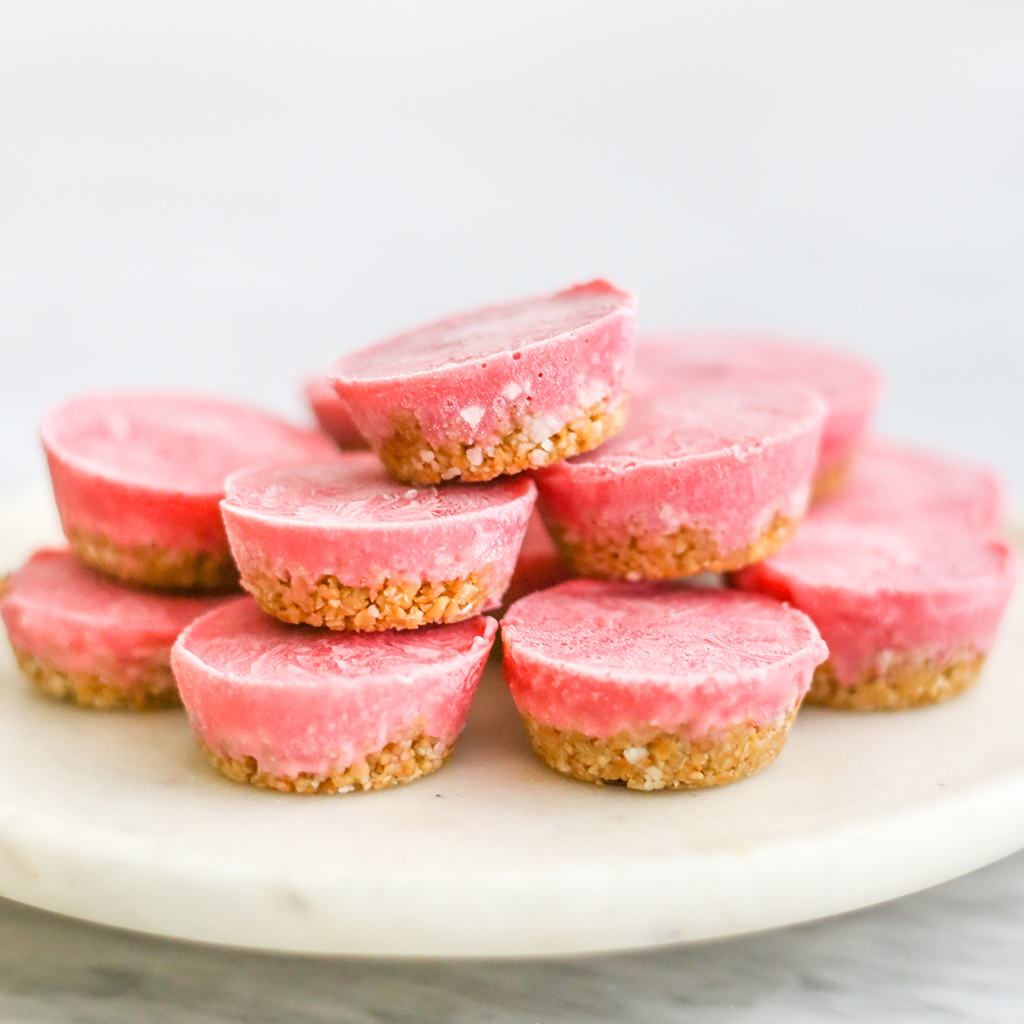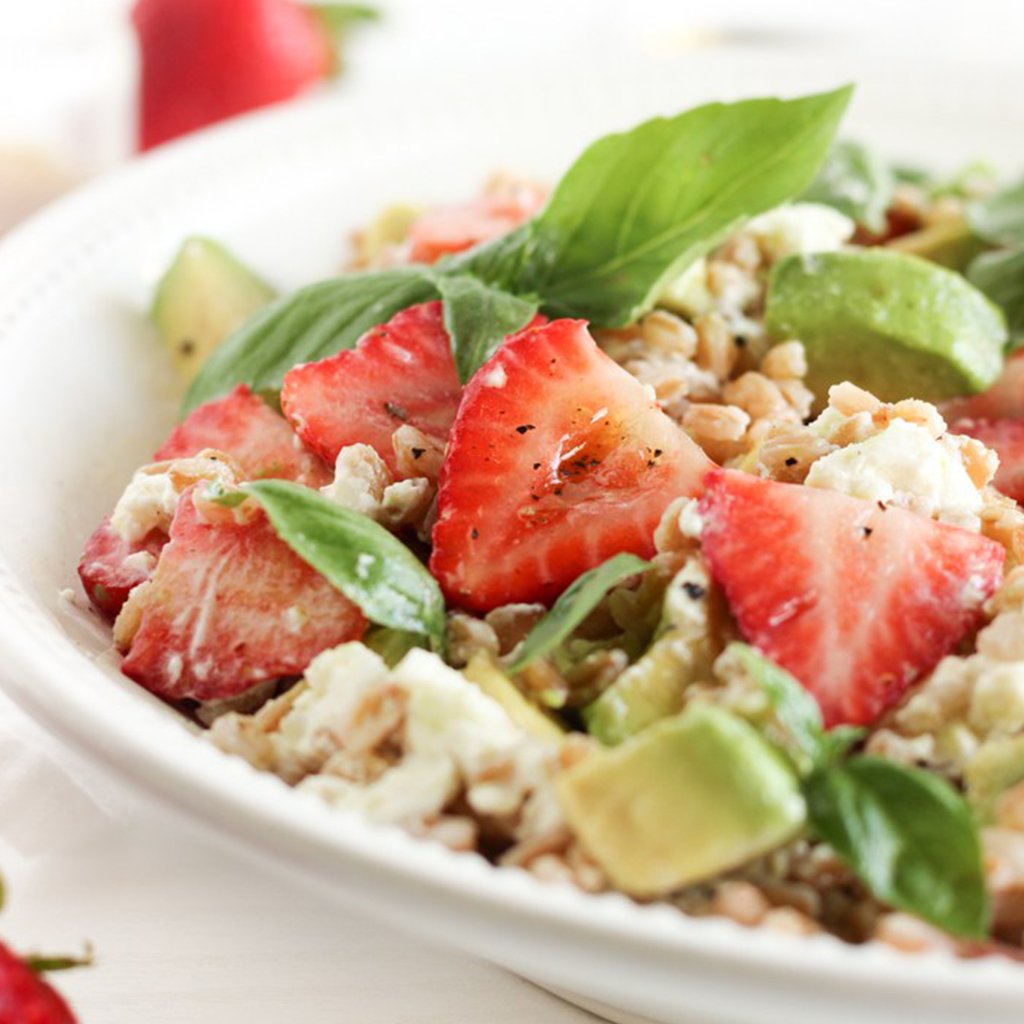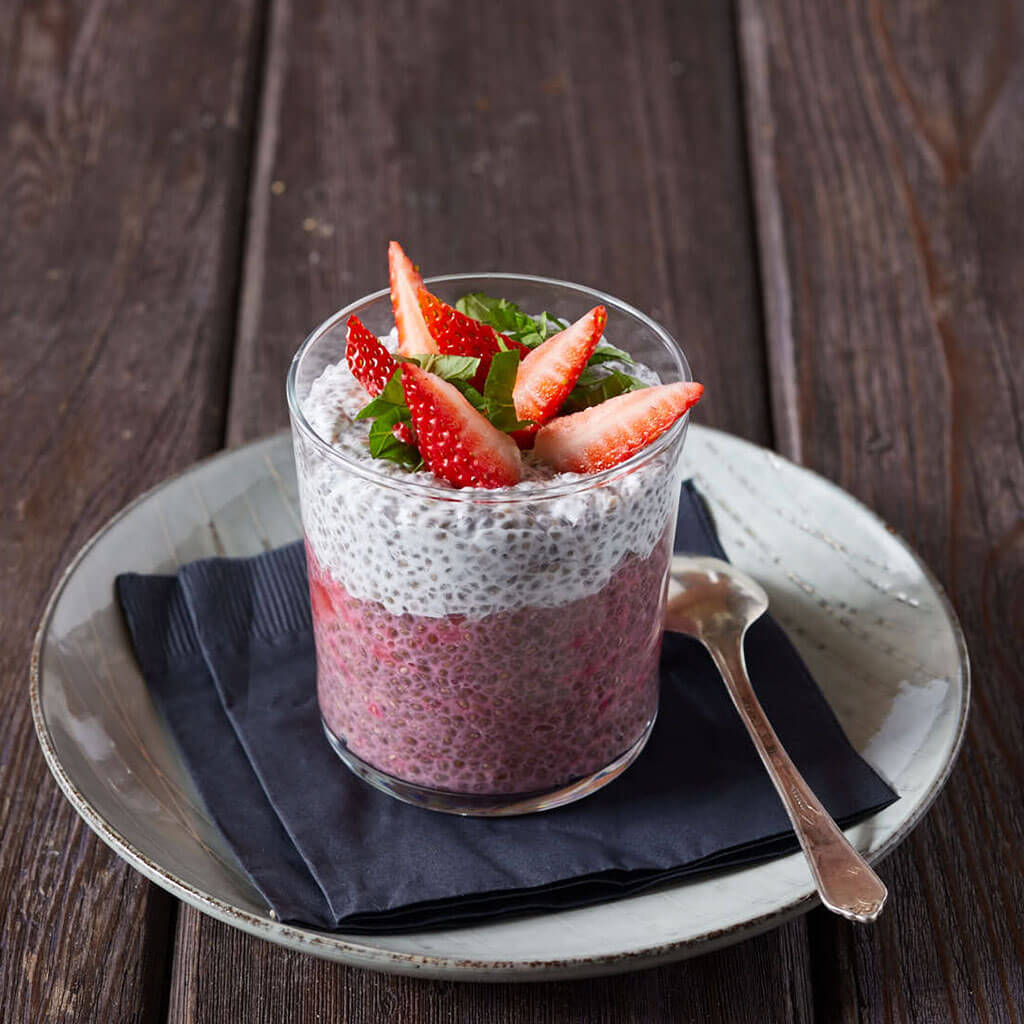Written by: Colleen Wysocki, MS, RDN
November is National Diabetes Month and the American Diabetes Association identifies berries, including strawberries, as one of the “top 10 superfoods for a diabetes meal plan.”1
Strawberries have a low glycemic index and are packed with vitamins, antioxidants, and fiber.1 They’re also fun to include in recipes and can satisfy your sweet tooth without the added sugar. We’re including unique recipes along with why strawberries are a smart snack for those trying to prevent or manage diabetes.

What is Diabetes?
First, though, it’s worth understanding what diabetes is. Type 2 Diabetes Mellitus (T2DM) is the most common form of diabetes diagnosed.1 People are diagnosed with T2DM when their insulin doesn’t respond normally and their blood sugar gets too high.2 High blood sugar can cause health problems over time, but lifestyle factors like a healthy diet can help keep blood sugars within manageable levels.
Eating for Diabetes (& Enjoyment)
While changes in your diet may be necessary to stay healthy, it doesn’t mean you can’t enjoy your food. The key to enjoying a healthy diet is balancing a mix of carbs, protein, and fat in a way that can prevent large fluctuations in blood sugar.3

Strawberry Breakfast Bites contain fiber to prevent spikes in blood sugar.
Fiber
Reducing starchy carbohydrates like white breads, pasta, potatoes, and lima beans, and increasing carbs with moderate to high fiber like whole grains, fruit, and vegetables allows blood sugar to rise slowly in a controlled manner.
Strawberries are non-starchy carbs with moderate fiber that provide sweetness to snacks and meals. Strawberries have nearly 3g of fiber per serving (about 10% DV).4 Fiber helps to manage blood sugar and insulin response- reducing the risk of T2DM. The fiber of strawberries can help balance out the sugar in something like granola, as in our Strawberry Breakfast Bites recipe.

Strawberry Avocado Farro Salad is loaded with potassium.
Potassium
Despite their natural sweetness, one serving of strawberries has less than one third the sugar of an apple and only half the calories of a banana.4 Like in the banana, potassium found in strawberries is involved with metabolism of glucose and insulin, important factors in the prevention of T2DM. Our Strawberry Avocado Farro Salad provides a potassium boost and is simple to make.

Strawberry Chia Pudding fights inflammation, a contributor of T2DM.
Anthocyanins
Strawberries also have the most dense concentration of anthocyanins in the human diet, which may contribute to the risk reduction of T2DM when eaten frequently. Anthocyanins are responsible for the red, purple, and blue pigments in fruits & veggies.5 The anthocyanins in strawberries may reduce inflammation, oxidative stress, and insulin resistance- risk factors for T2DM.5 In fact, participants in a clinical research study experienced reduced blood sugar levels and inflammation from strawberry powder, especially when consumed within 2 hours of a meal.6 Check out this inflammation-fighting recipe for Strawberry Chia Pudding.
How much?
Research indicates that 8 medium strawberries per day could reduce the risk of T2DM by 5%.4 Eight medium strawberries is equivalent to 1 serving, 1 cup, or 1 exchange of 15g of carbohydrates. So if you don’t feel like cooking, reach for a cup of fresh or frozen strawberries and feel good about their sweet health benefits!
Find out more about strawberries’ nutrition and get strawberry recipes for every occasion at www.californiastrawberries.com.
References
- American Diabetes Association. (2015). Diabetes Superfoods. In Making Healthy Food Choices. Retrieved from http://www.diabetes.org/food-and-fitness/food/what-can-i-eat/diabetes-superfoods.html
- National Institute of Diabetes and Digestive and Kidney Diseases. (2016). What is diabetes? National Institutes of Health, Retrieved from https://www.niddk.nih.gov/health-information/diabetes/overview/what-is-diabetes
- American Diabetes Association. (2019). Nutrition: Eating doesn’t have to be boring.org. Retrieved from www.diabetes.org/nutrition
- USDA (2012). National Nutrient Database for Standard Reference (version 1.2.2, release 25) [computer software].
- Burton-Freeman, B.; Brzeziński, M.; Park, E.; Sandhu, A.; Xiao, D.; Edirisinghe, I. A Selective Role of Dietary Anthocyanins and Flavan-3-ols in Reducing the Risk of Type 2 Diabetes Mellitus: A Review of Recent Evidence. Nutrients 2019, 11, 841.
- Huang, Y., Park, E., Edirisinghe, I., & Burton-Freeman B.M. (2016). Maximizing the health effects of strawberry anthocyanins: understanding the influence of the consumption timing variable. Food & Function. doi: 10.1039/c6fo00995f
